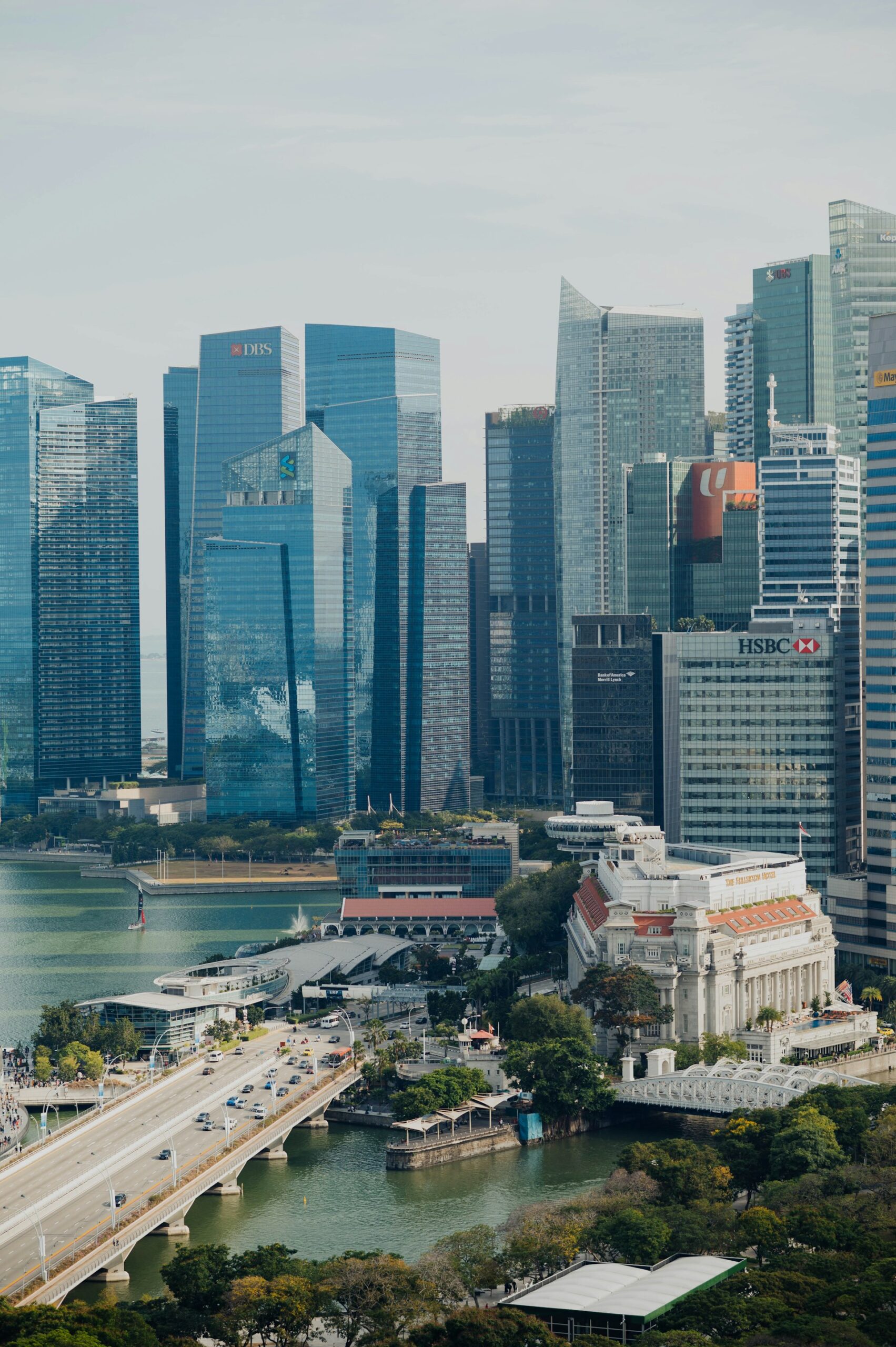Opinion: Global Property, Currencies and Singapore Insights
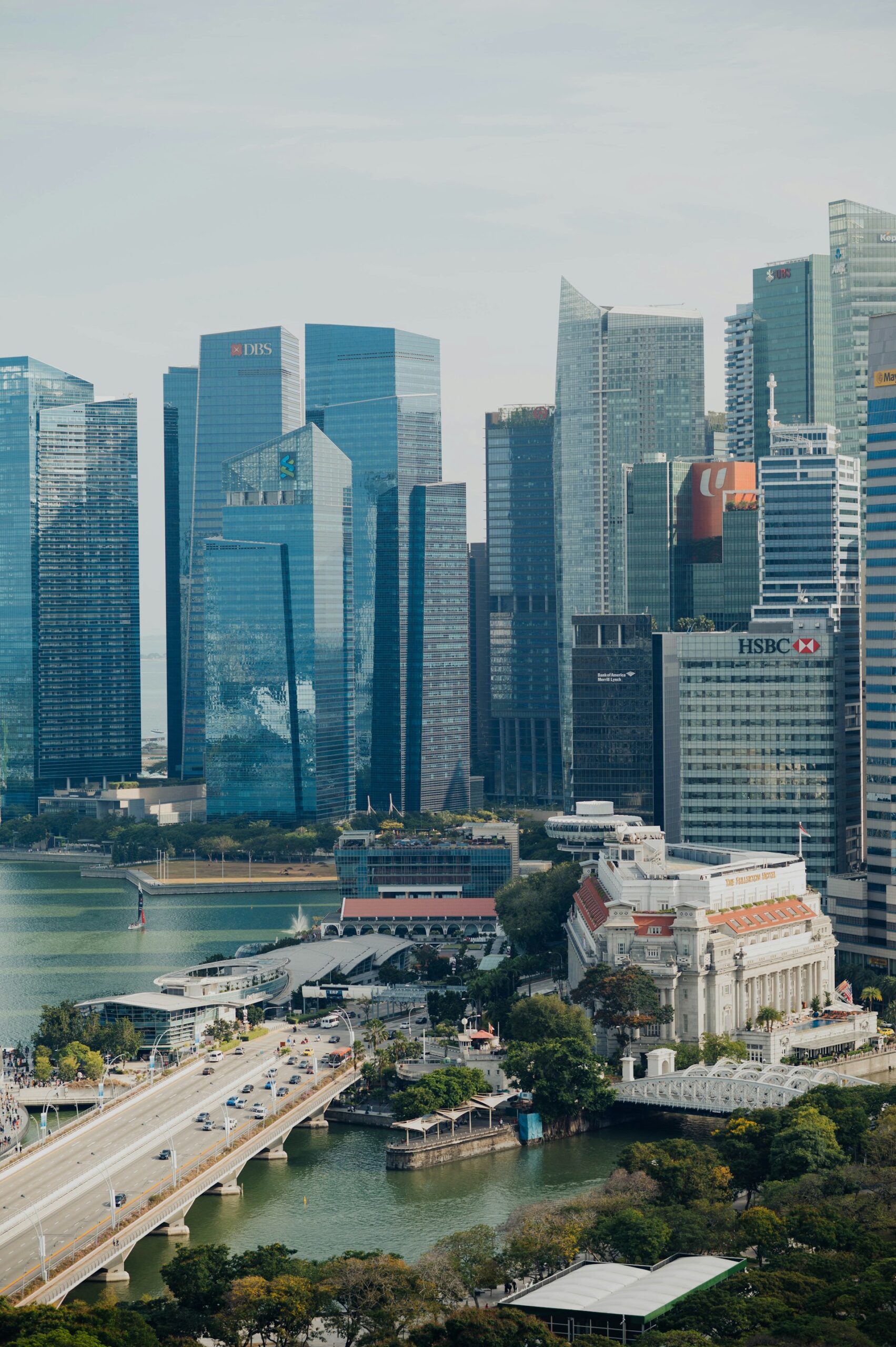
Are Investors Really Enjoying Capital Appreciation and Rental Returns?
According to the latest HSBC Global Entrepreneurial Wealth Report 2025, Singapore, the UK and Switzerland rank as the top destinations for the world’s super-rich to send their money.
Singapore leads the pack, cementing its reputation as a global hub for entrepreneurial wealth and relocation. The study surveyed 3,000 entrepreneurs across 15 markets, and the city-state emerged as the standout choice for wealth preservation and growth.
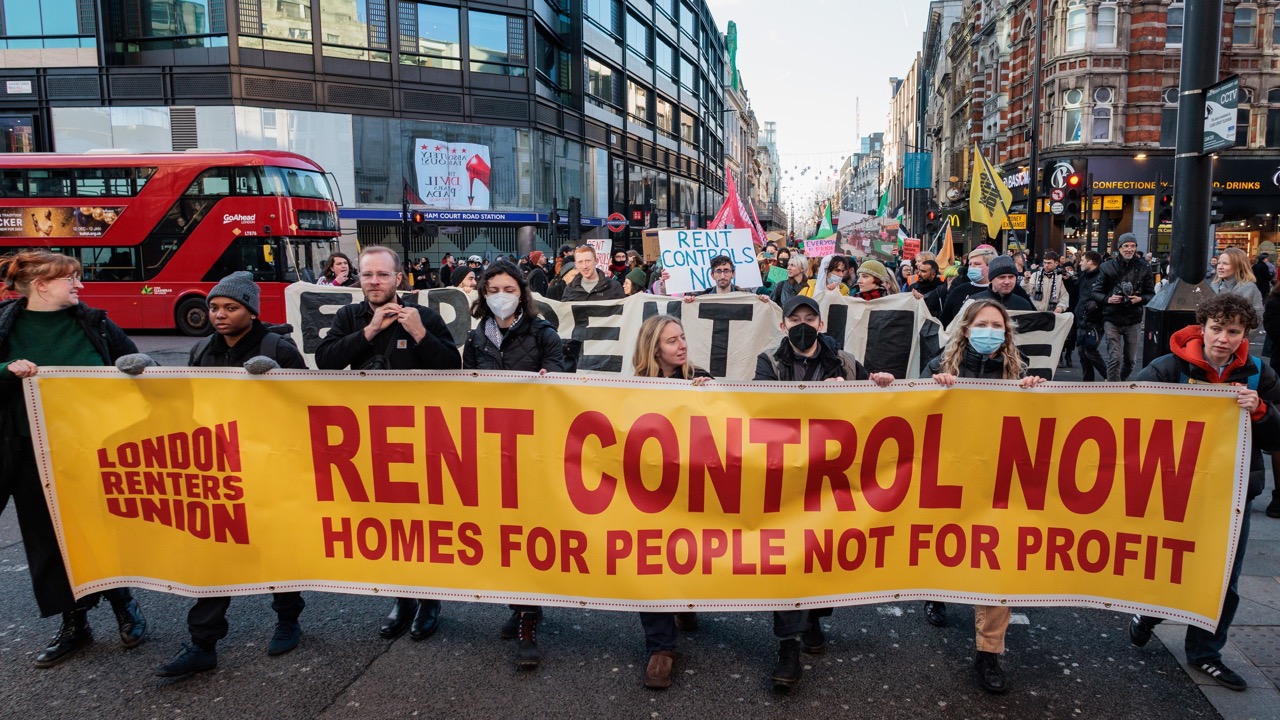
The UK: Rising Rents, Shrinking Supply
But what about the UK market? Are landlords benefitting from these money flows?
The Royal Institution of Chartered Surveyors (RICS) reported that new rental listings plunged to minus 37 in August — the lowest since April 2020, when Covid froze the economy. With demand far outstripping supply, rents are forecast to rise another three percent over the next year.
The numbers are stark: official data shows rents have jumped 30 percent in just four years. In London, tenants now pay an average of GBP 2,250 (SGD 3,904) per month, piling on more cost-of-living pressure. What’s behind this? A landlord exodus. Government legislation tilted towards renters has pushed many owners to sell, further reducing rental stock and driving prices higher.
In short, tenants lose, but the remaining landlords are enjoying fatter returns.

Could the Same Happen in Singapore?
Singapore is different, but parallels exist. The world’s steepest property tax on foreign buyers — a 60% Additional Buyer’s Stamp Duty (ABSD) — has effectively excluded foreigners from the residential market. That leaves citizens and permanent residents as the primary players.
This exclusion keeps prices in check relative to other wealth hubs such as Hong Kong, London, Monaco, and Zurich. But it also limits rental supply. Fewer investors mean fewer rental units — and that helps drive rents higher for locals who own property.
Indeed, Singapore’s rental prices have been climbing steadily. And while one could argue that lower barriers for foreign buyers might have fueled even higher property values and rents, for now, the beneficiaries are clearly the local landlords.
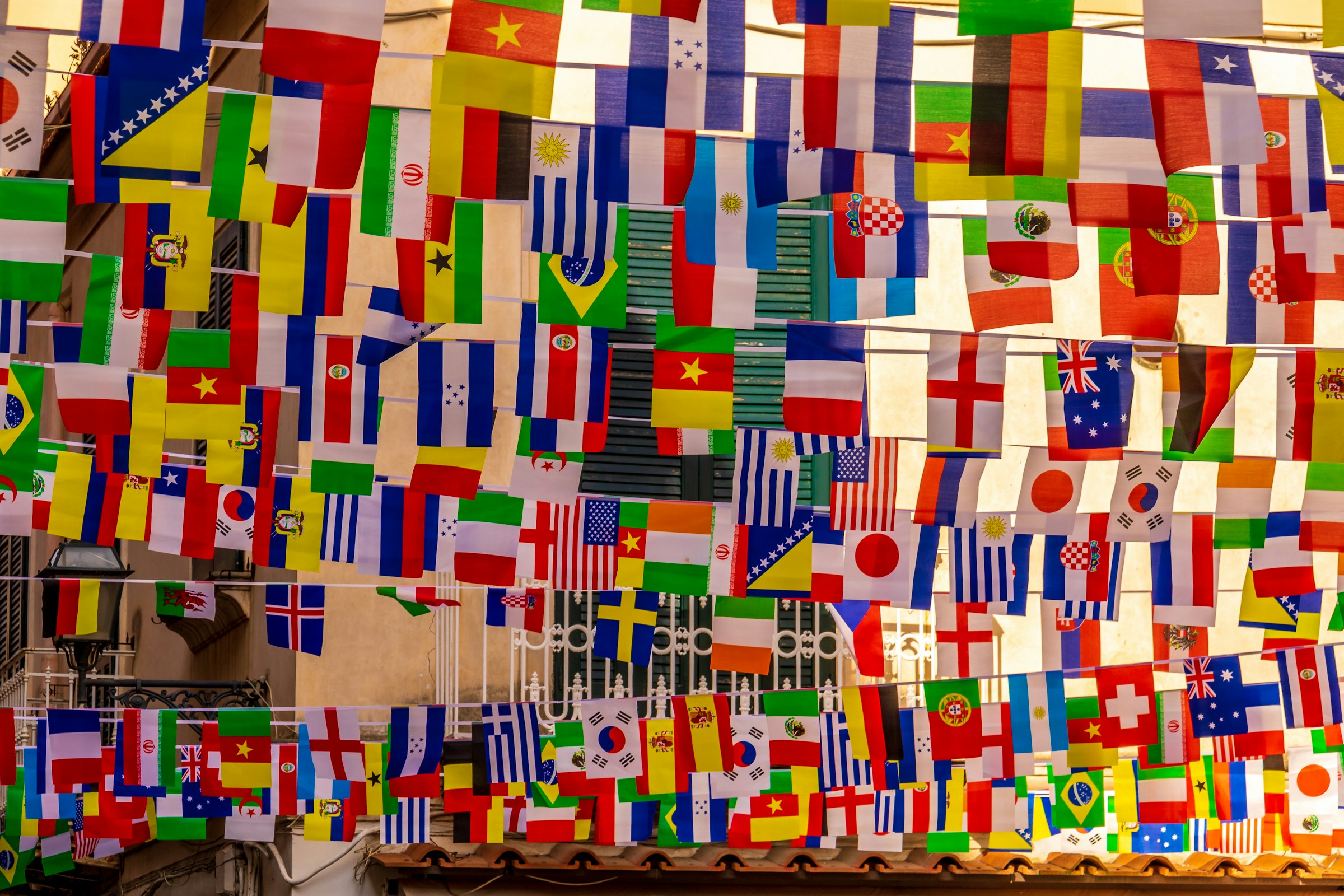
Global Property Dynamics
The latest Savills World Cities Prime Residential Index confirms the shifting landscape.
- Tokyo surged with 8.8 percent growth in H1 2025, powered by a chronic shortage of new supply and strong demand. Forecasts call for another 6 percent –7.9 percent rise in the second half of the year.
- Berlin, Dubai, and Seoul each posted growth above 5 percent, supported by tight supply pipelines and resilient sentiment.
- Lifestyle cities such as Amsterdam, Cape Town, Lisbon, and Sydney also gained, buoyed by their enduring appeal to global buyers.
- Hong Kong struggled, with a 3.5 percent drop in H1 2025 amid policy uncertainty and already sky-high pricing. Still, it remains the world’s most expensive market, averaging US$3,720 per square foot.
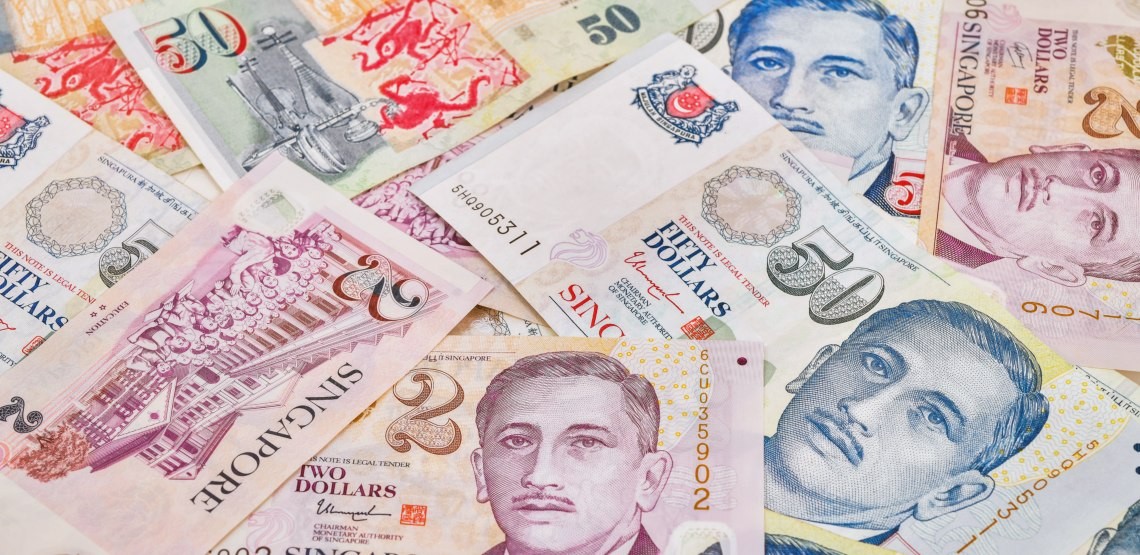
Singapore: Safe Haven Currency, Unique Market
The currency story matters too. Julius Baer notes that the Singapore dollar, along with the Swiss franc, is the only major currency to consistently deliver positive returns against the US dollar over 10, 20, and 30 years. Since 2000, the SGD has risen 29.3 percent versus the USD — the strongest in Asia.
This makes Singapore both a property and currency haven. But the residential market here is unlike any other. The ABSD creates a fortress, keeping international speculative capital out and leaving long-term value creation to locals and PRs.
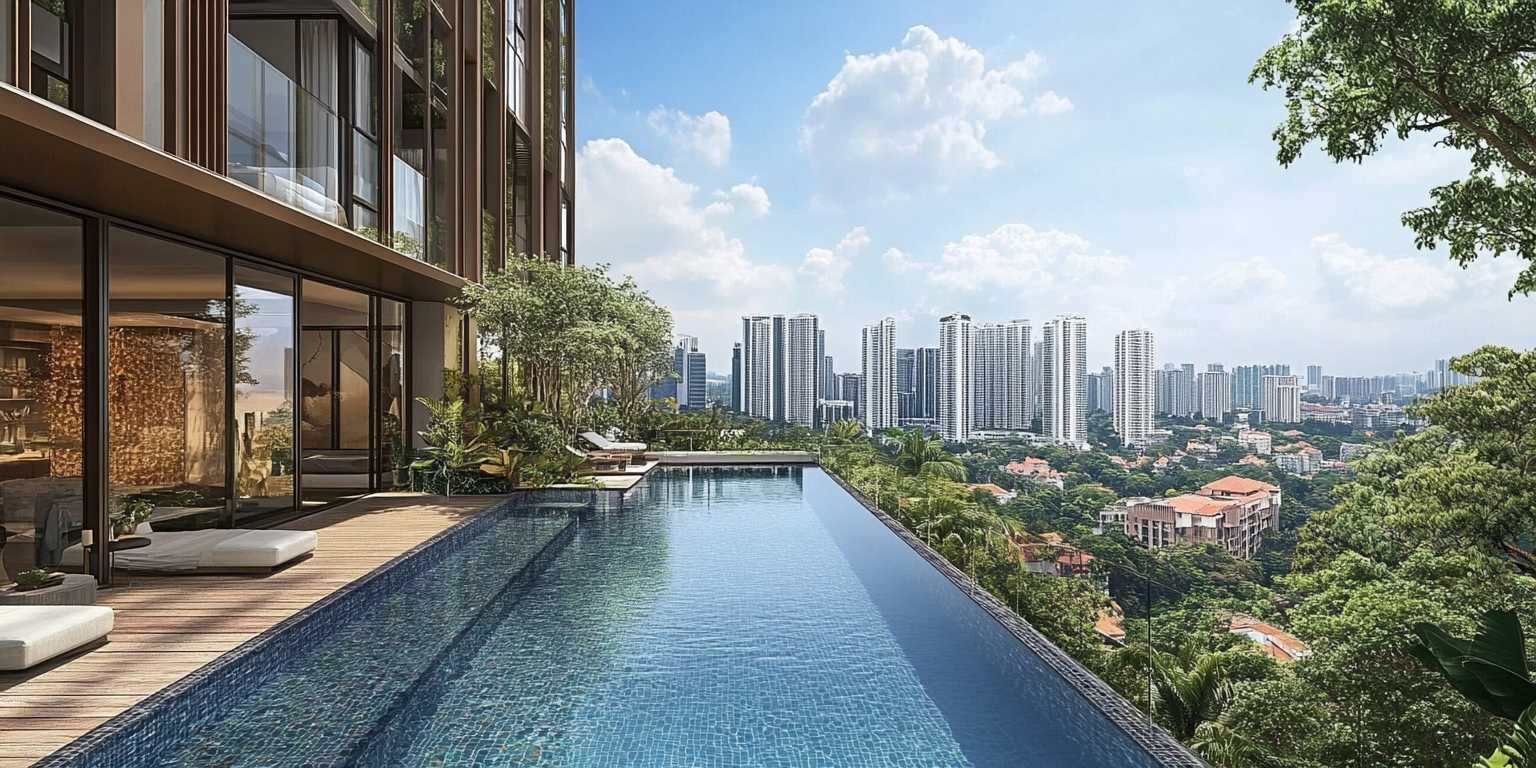
Where Should Investors Look?
With capital values projected to rise just 1.5 percent in H2 2025, the real opportunities lie in the secondary market, where older prime condos offer:
- Larger layouts
- Lower density
- Scarcer locations
For eligible buyers — Singaporeans, PRs, and exempt nationalities such as Americans and Swiss — these properties represent strong value and upside, especially given the en bloc potential in prime locations.
Take Orchard Road: around Cairnhill, rare gems like The Edge on Cairnhill by starchitect Moshe Safdie (of Marina Bay Sands and Jewel Changi fame) trade below SGD 2,700 psf. That’s far more attractive than smaller, less central new launches.
Or Tanglin: St. Regis Residences — 999-year leasehold, with elegant grounds and concierge services — can be found at just SGD 2,800 psf. That’s a bargain compared to many newer but less distinguished projects. Nearby, The Tomlinsontrades even lower, though without the same brand cachet.
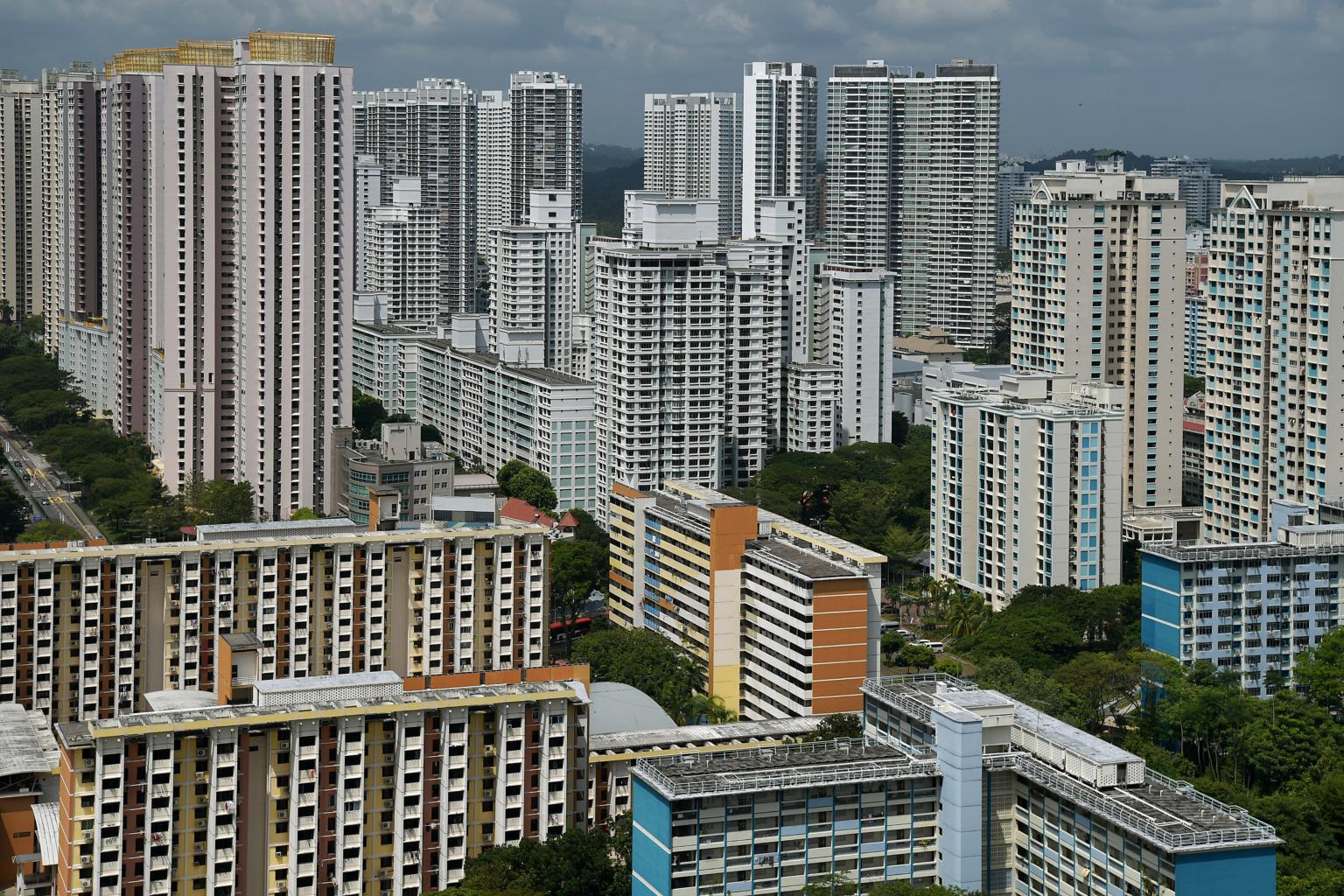
Final Take
In a world of currency volatility, supply squeezes, and shifting policy, Singapore stands out. With limited land, strong domestic demand, and a rock-solid currency, property here continues to serve as one of the best long-term value preservation assets. For those eligible to buy, the secondary market in prime districts remains the smartest play — combining heritage, space, and long-term appreciation.
This opinion piece was written by luxury expert Alex Shlaen
For more on the latest in business reads, click here.
The post Opinion: Global Property, Currencies and Singapore Insights appeared first on LUXUO.
